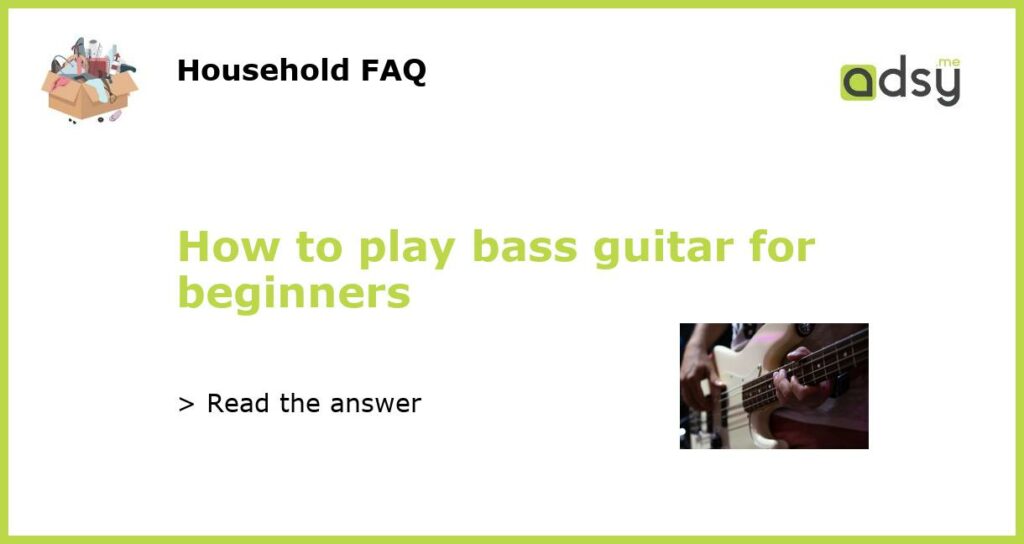The basics of playing bass guitar
Whether you’re a complete beginner or an experienced musician picking up a new instrument, learning to play bass guitar can be a rewarding experience. While it may seem daunting at first, with practice and patience, you can become a skilled bassist in no time. In this guide, we’ll go over the basics of playing bass guitar to get you started.
Choosing the right bass guitar
The first step in learning to play bass guitar is choosing the right instrument. There are many different types of bass guitars to choose from, each with its own unique sound and feel. When selecting a bass guitar, consider factors such as the size and weight of the instrument, the type of wood used in its construction, and the number of strings.
It’s also important to consider your budget when selecting a bass guitar. While it’s not necessary to spend a lot of money on your first instrument, investing in a quality instrument can make a big difference in your playing experience.
Learning basic bass techniques
Once you’ve chosen your instrument, it’s time to start learning the basics of playing bass guitar. This includes learning basic techniques such as fingerstyle playing, plucking, and using a pick. It’s also important to practice proper hand positioning and posture to avoid injury and improve your playing ability.
As you’re learning, be sure to practice scales and basic chord progressions to improve your finger strength and dexterity. This will help you develop the muscle memory necessary to play more complex bass lines in the future.
Practicing regularly
As with any new skill, practicing regularly is key to becoming a proficient bassist. Set aside time each day to practice your bass guitar, even if it’s just for a few minutes. Consistency is more important than duration; even short practice sessions can help you make progress over time.
Another tip is to practice playing along with your favorite songs. This can help you develop your ear for music and improve your timing and rhythm. Remember to start with simple songs and gradually work your way up to more complex bass lines as you improve.
Seeking out resources and additional help
Finally, don’t hesitate to seek out resources and additional help as you’re learning to play bass guitar. There are many books, online tutorials, and instructional videos available to help you improve your playing ability.
You may also want to consider working with a bass guitar teacher, either in-person or through online lessons. A skilled teacher can help you identify areas where you need improvement and provide personalized instruction to help you meet your goals.






